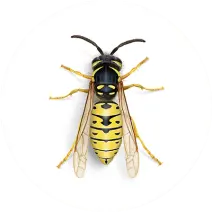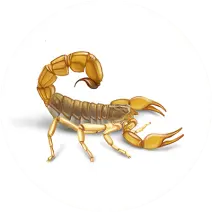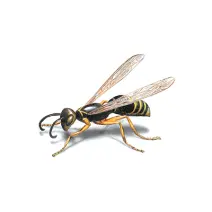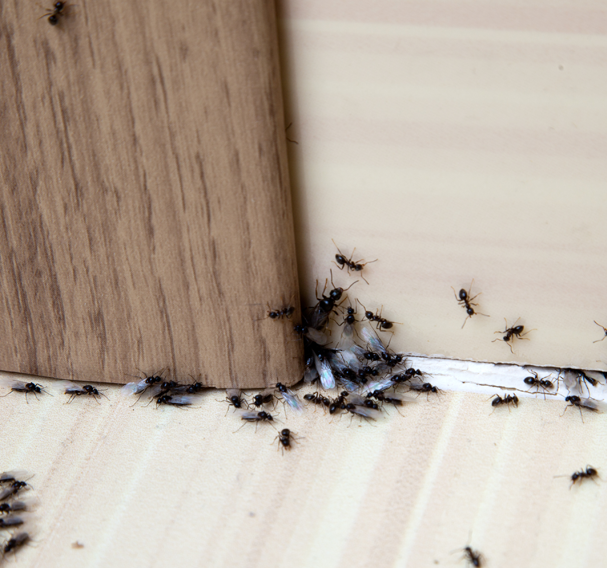Stinging Pest
IDENTIFY
Types of Stinging Pests
What do stinging pests look like?
Stinging pests come in a range of shapes an sizes that span multiple insect species. While the common factor is a stinger, body types, colors, and legs vary widely between pest such as bees, hornets, wasps, and even scorpions. These pests can all present problems for you or your home and controlling them begins with accurate identification. For more information, contact First Choice Exterminating for an accurate identification of the pest problem you are experiencing.

Bees
Clade Anthophila

Yellow Jacket
Vespula spp. & Dolichovespula spp.

Hornet
Vespa crabo

Scorpions
Order Scorpiones

Wasps
Suborder Apocrita
How do I get rid of stinging pests?

What First Choice Exterminating Does
If you find a stinging pest nest on your property, removing it safely and completely can be difficult. It’s important to contact an expert in stinging insect identification in order to determine the best course of treatment. First Choice Exterminating can perform an inspection and put together a custom plan of action to help eliminate your stinging pest situation. With more than 160 hours of training just in their first year, First Choice Exterminating Pros are knowledgeable in the classification of different types of stinging insects.
Once an First Choice Exterminating Pro locates the nest, they can provide stinging pest treatment and help resolve the situation. Your First Choice Exterminating Pro will look for conditions that invite stinging insects, tackle current infestations and remove any nests to help prevent future stingers from showing up and moving in.
Frequently Asked Questions
Are stinging pests a cause for concern?
Warm weather tends to bring everyone outside, including stinging pests. While the stings from wasps, bees, hornets, or yellow jackets may hurt, they can also cause more serious health issues like painful swelling, infections, nausea, and in rare cases even death. Not only do you need to worry about the stinging pests themselves, but also about locating and removing their breeding places.
What are the behaviors, diet, and habits of stinging pests?
In the warm months, stinging insects buzz around your home, often building nests inside attics and gutters, or under decks or eaves. It is important to find and seal cracks and crevices to keep these pests from migrating indoors.

Stinging Pest Facts
Learn More About Stinging Pests
The more you know about stinging pests, the better you can predict and control their behavior. Here are some quick facts to help you on your way.
Stings
Stinging insects such as bees, wasps, yellow jackets and hornets use their stings to subdue prey (primarily insects and spiders) and to defend themselves or their colony.
Hornet Nests
Hornet nests are constructed with paper-like material produced by the insects mixing their saliva together with the wood fibers they gather.
Stings
Unlike wasps, yellow jackets and hornets, honey bees, Africanized honey bees and bumble bees sting and inject venom only once and usually die within minutes after delivering their sting.
Scorpion Habitats
Scorpions live in very dry climates. Despite this, they are very sensitive to the loss of moisture from their body and hide during the day in shady locations.
Pollination
There are many species of wasps that are important pollinators. However, taken as a group, wasps do pollinate, but are not as effective at pollinating as the bees.
Bee Swarms
Two kinds of bee swarms occur: primary and secondary. Queen bees lead primary swarms. Secondary swarms are led by several virgin, female bees. As a result, these swarms are half the size of the primary swarm and do not occur as often.
